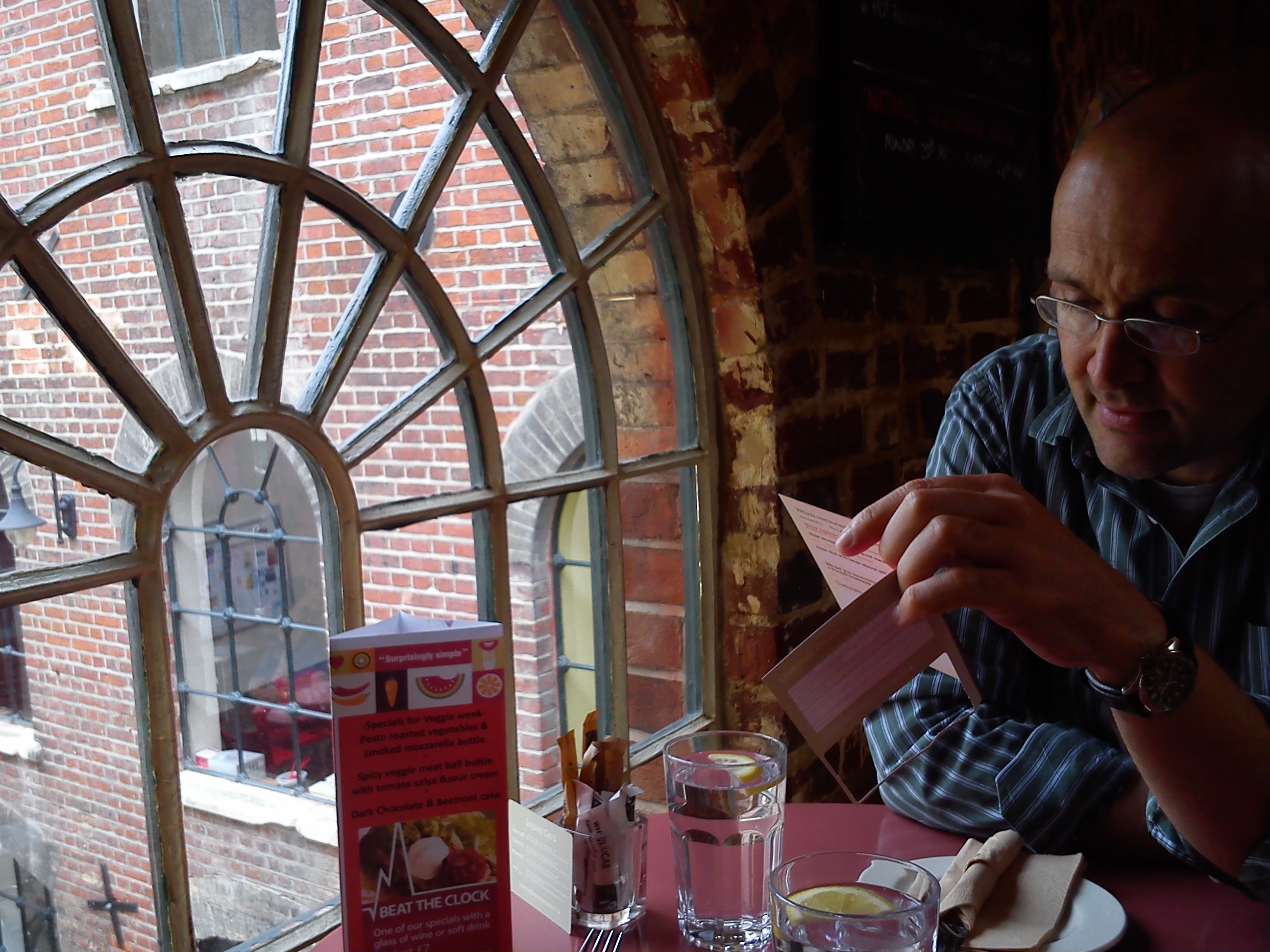When the philosopher Ludwig Wittgenstein was a ten year old boy he was given some junk and bits and bobs to play with. To the surprise of his parents and siblings, he managed to use the oddments to construct a working sewing machine! This amazing display of childhood brilliance gave a strong hint about what the future held for young Ludwig. By 1911, Wittgenstein was at Cambridge University and overwhelming the lectures of Bertrand Russell. Russell himself described the young man as, “the most perfect example I have ever known of genius as traditionally conceived; passionate, profound, intense, and dominating” (quotation from McGuinness, Brian, Wittgenstein: A Life: Young Ludwig 1889–1921, University of California Press, 1988, p118).
When Jesus was physically among us, His young life also offered hints about what the future would hold for Him. Jesus was placed in a manger immediately following His birth. This beginning of life in an animal’s feeding trough can now be seen as being richly symbolic. Like Wittgenstein’s sewing machine, the manger pointed to the future.
Firstly, the manger was prophetic of the humility that Jesus would embody. Christ was not monetarily wealthy: He once described Himself as having nowhere to rest His head (Matthew 8:20). The cross was not only a shameful, but also a lowly death, reserved for the meanest criminals. Jesus was even laid to rest in a borrowed tomb. Jesus is Lord of all and He spent plenty of time with people from all strata of society during His earthly ministry. And yet, He gave special attention to the poor. In Luke 7:22-23 we read the words Jesus spoke when John the Baptist’s disciples questioned Him:
“Go and tell John what you have seen and heard: the blind receive their sight, the lame walk, lepers are cleansed, and the deaf hear, the dead are raised up, the poor have good news preached to them. And blessed is the one who is not offended by me.” [italics are mine]
If you feel impoverished, know that Christ is there with you.
Secondly, the manger was not inside the inn! Mary and Joseph found that there was no room ‘inside’ for them and for Mary’s precious child. Jesus in His manger was shut out and this gives Him solidarity with all those who are shut out – shut out from society, family, friendships, or work.
If you’ve ever felt as if you’re on the outside, know that Christ is there with you.
Thirdly, Charles Spurgeon once reflected that the manger was probably used as means of feeding livestock again, in the years following the Nativity. As soon as Jesus was removed from its confines, it’s likely that the manger was filled with hay or grain and went back to ‘business as usual’. In his inimitable way, Spurgeon went on to point out that disconnection from Christ always leads to a ‘return to a miserable state’.
If ever you’ve feared being in a miserable state, know that connection to Christ lifts us away from misery and towards heavenly joy.
I wish you all a very blessed and peaceful Christmastime.





